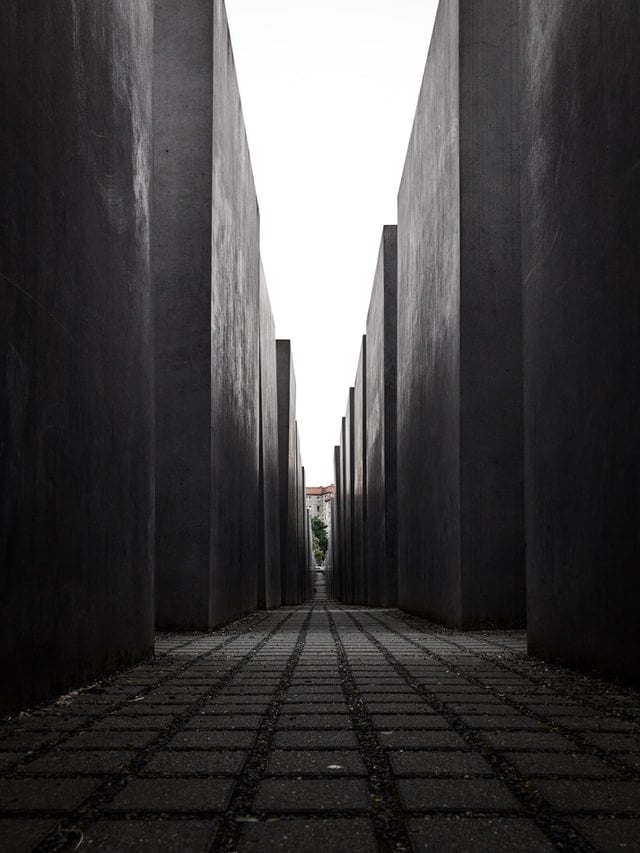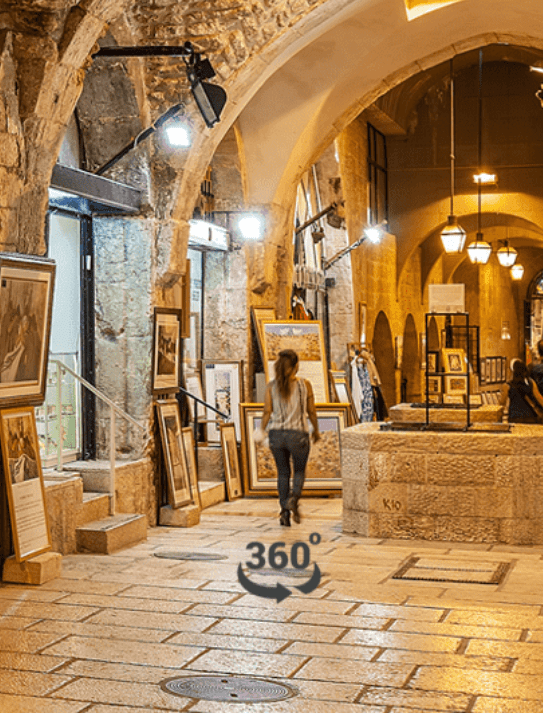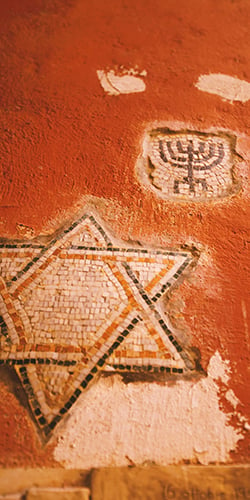Discover the Best Jewish Literary Heritage Tours of 2024
Three of the greatest pleasures in life for cultured people are literature, travel and stimulating company. A Gil Travel Jewish literary heritage tour takes you, and your family or friends, to the heart of European cities like Paris, Berlin and Prague. You can explore the old Jewish neighborhoods and walk in the footsteps of great writers like Franz Kafka, Isaac Babel, Alfred Doblin, and the tragic teen diarist Anne Frank.















